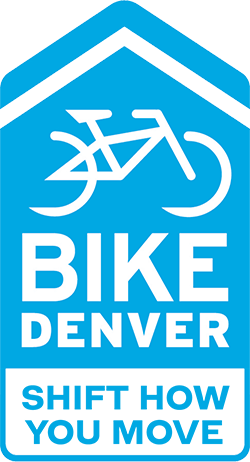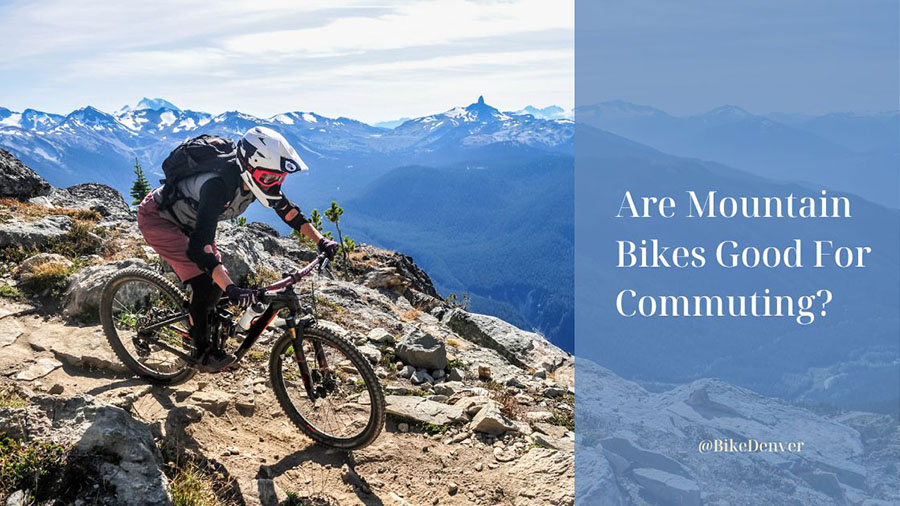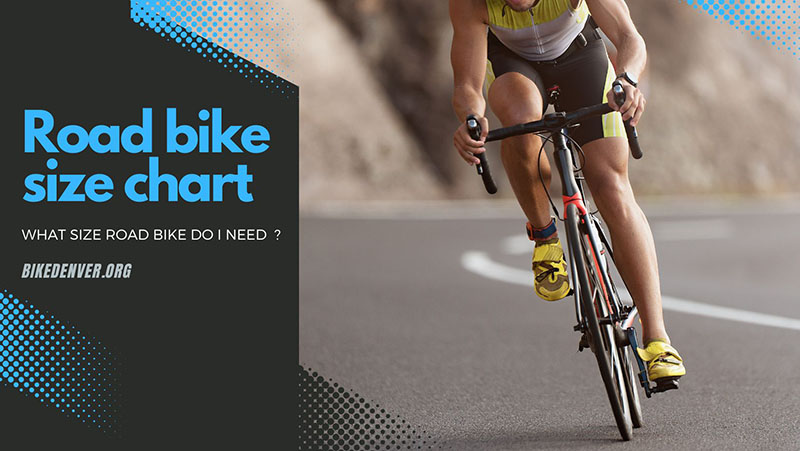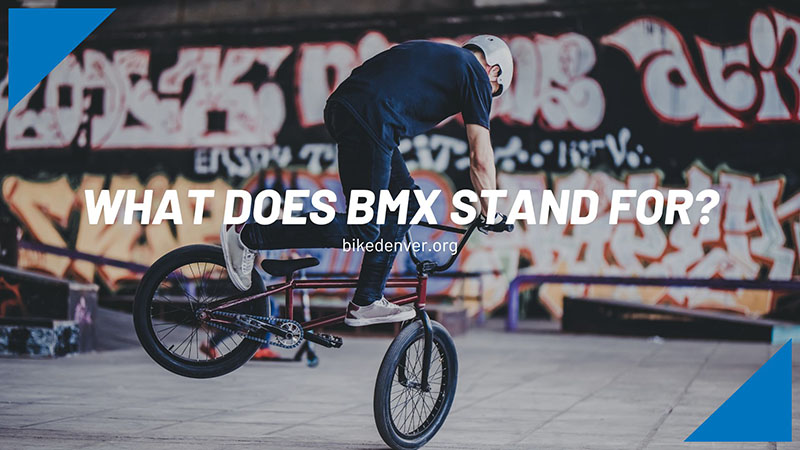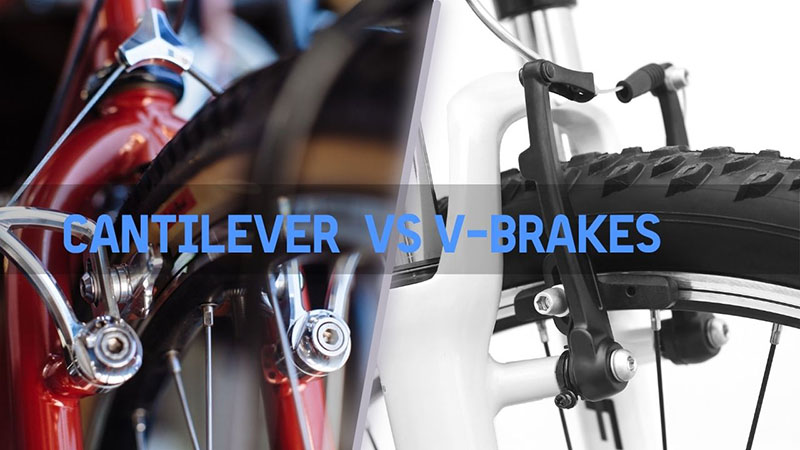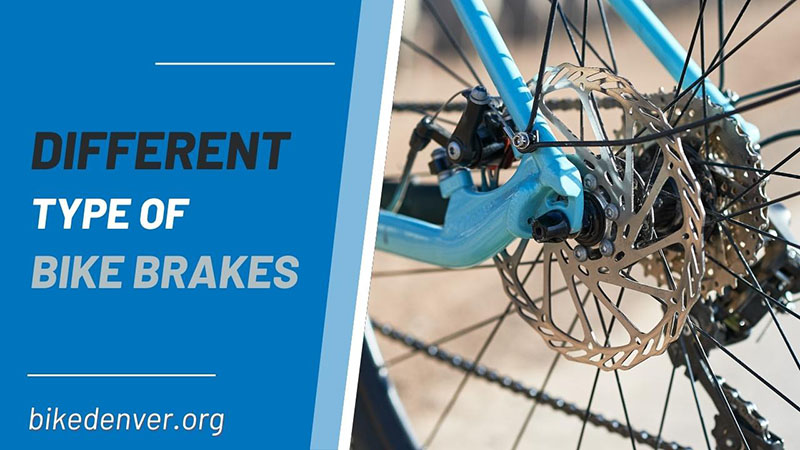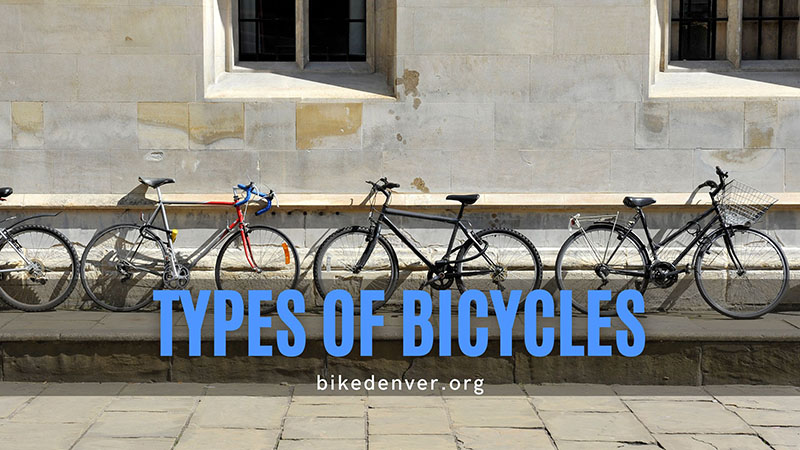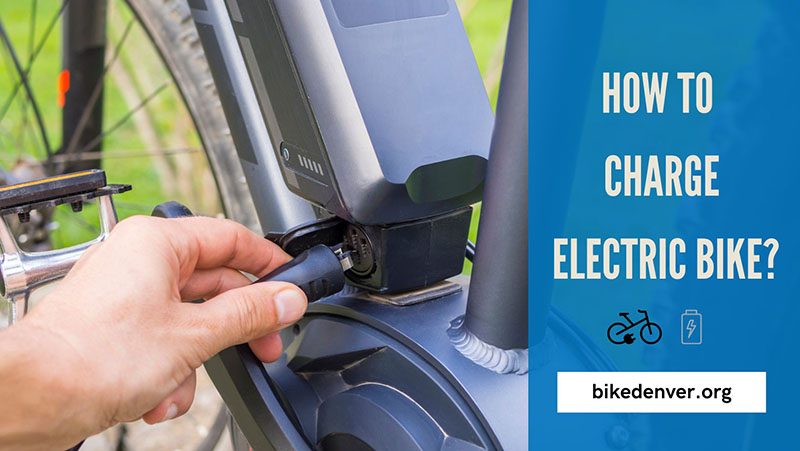We’re sure your casual riding to work or to the supermarket with a mountain bike will surprise you, especially if you love exercising or often have to ride on rough terrain.
The main benefit of riding an MTB for normal travel is that it includes a suspension system that allows you to move smoothly over bumpy roads and potholes. Poor wheel grip is due to many factors; that is the downside. However, the concept is still worth your attention.
If you’re interested in the subject, keep reading to explore this option with us and see if you can get your beloved mountain bike on the beaten track and onto the asphalt of daily commuting.
Table of Contents
Are Mountain Bikes Good For Commuting?
The answer is yes; you can commute comfortably on a mountain bike with simple changes depending on the terrain of your workplace. Your old MTB will become a faster and lighter vehicle if you’re willing to make a few simple and basic improvements.
Because it gives you the most comfort and convenience, you may find that it turns out to be the best bike for commuting. This will allow you to ride more often without feeling like a chore.
Mountain bikes are extremely suitable for short distances, especially in less populated areas. There is not enough room for speed in big, busy, and central cities, and destinations are often quite close together. This makes a mountain bike comparable to other regular bikes.
Think about changing these:
- Tires: You should start by swapping out your mountain bike’s bulky off-road tires for a smaller slick tire that fits your rim. Don’t forget to use properly sized tubes while changing wide tires. Consider using puncture-resistant tires for the best tube protection.
- Tubeless tire: Cities are full of glass and metals that can hurt your inner tubes. Therefore, switching to tubeless is also a great alternative and can save you even more money if you can’t afford puncture-resistant tires.
- More fenders: There are only a few mountain bikes with fenders, even though they are for mud, dirt, and off-road terrain. This part is meant to prevent mud – which can dry out on the tires and affect how you ride. Fenders can be a useful addition to your bike if you plan to use a mountain bike to get to work well-groomed in clean and dry clothes.
- Bright lights: Installing a strong pair of lights on your mountain bike is essential, especially when your job requires you to travel at night or your shift ends quite late. Most commuters decide to install a white front light and a red rear light to ensure enough vision for safe navigation in the dark.
- Reflective tape: Using reflective tape will make you more visible at night and keep you safe. Make sure that the tape is applied to well-lit surfaces at night. Also, since motion reflectors are guaranteed to get a driver’s attention, it’s a good idea to have them on your crank.
- Change pedals: If your current pedal is unsuitable for road use, you may also want to replace it with a new one. This way, you can wear your casual work shoes with ease.
- Bare handle: The weight of the MTB makes a quick start difficult. This can be detrimental and frustrating when you have to stop at a red light or turn. End grips will increase leverage so you can accelerate faster to full speed when getting a green light
- Racks and bottle cages: You can keep items like water, phone, etc., by installing racks on the bike body, as some mountain bikes are designed without racks.
- Baskets: The front basket is a great alternative to mountain bike commuting should you want to maximize your storage. It will leave you with more space for your bike lock and bag.
What Need To Consider When Using A Mountain Bike As A Commuter?
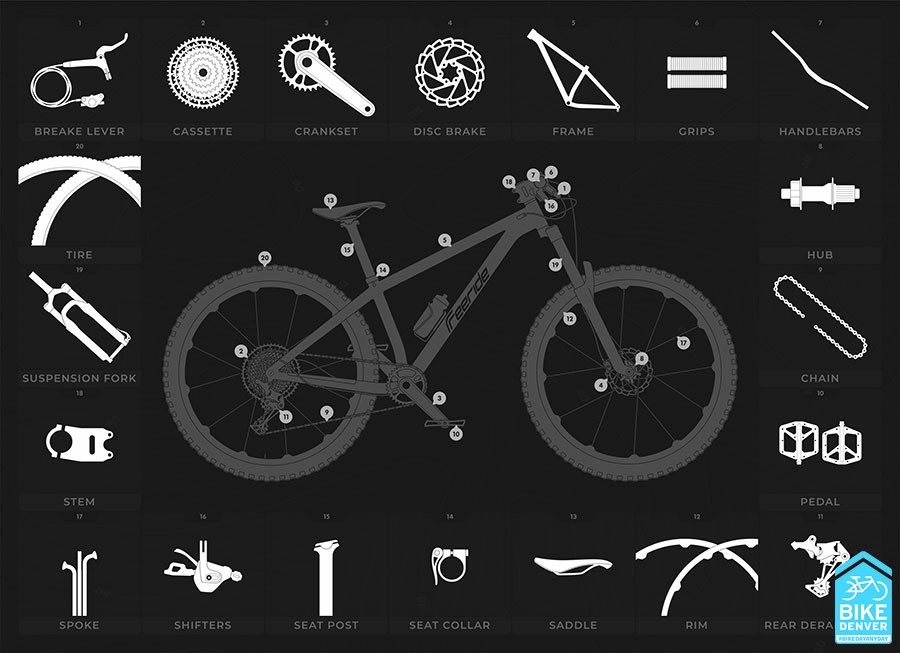
Tires
Off-road tires are often built with deep grooves for grip and improved traction. So you can go through uneven terrain and potholes without any difficulty. These tires will also be great for urban riding in winter conditions (snow, slippery roads, rain, etc.).
If you enjoy mountain biking on paved urban roads, you’re better off fitting your bike with fat tires.
Off-road tires are usually very heavy, so you can’t move as fast as on a standard bike. Inner tires degrade quickly due to pavement, and as the rolling resistance of the cracks decreases, your speed will increase slightly.
Whole Suspension
A commuter bike with full suspension is excellent for rocky terrain because it will absorb almost all of the shocks. Your journey will be considerably smoother as a result.
However, a bike’s suspension also adds weight and will slow you down compared to a bike without one. It would be best to choose whether you want the added weight to make it easier to roll over obstacles like rocks, curbs, and bumps. Just consider your route to work then!
Upright Riding Position
The mountain bike design allows the rider to have an upright stance. Compared to a road bike that forces the user to lean forward, this is more comfortable and better for the spine.
It’s also easier to watch traffic or other cyclists when you’re sitting in an upright position. It increases your visibility to other drivers and allows you to see your surroundings more fully.
However, when leaning forward, the wind will pull cyclists forward faster because they have less wind resistance. On a mountain bike, an upright position increases drag, slowing you down unless you pedal harder. But we bet commuting requires no such fast speed. As this is your daily routine, maintaining a spine-friendly position counts more.
Speed
Regarding commuting at a comfortable pace, there isn’t much difference in riding speed between the two bikes. If anything, mountain bikes can reduce travel time even more due to their ability to detour through various terrain. They can go faster in wet situations thanks to their superior grip.
When weighing the benefits and drawbacks of mountain biking for work, you should consider your daily mileage.
Flat Handlebars
For most cyclists, a flat bar with very sensitive brakes of a mountain bike is much more comfortable and safer than an aerodynamic handlebar of a road bike. In addition, it also allows riders to react faster if they sense danger.
Low Gear
Each bike has a different gear range, but mountain bikes often have lower gears. Low gears will benefit your steeper rides as increasing gears will be much simpler.
Durability
All mountain bikes are built to withstand the harsh elements of the outside. Most cities are like a concrete jungles with potholes, sharp corners, and more bike-friendly infrastructure. As a result, the MTB excels in city commuting as it can endure many everyday elements that a bike would normally struggle with.
Clothes
Depending on your fitness level, you should have at least 1 set of protective clothing in your backpack. Many people wear business attire to work, so only a few things change upon arrival.
Here are some pointers to keep in mind to make sure your outfit looks fine under any circumstances.
- Before the meeting, take time to prep, such as makeup or hair, if needed, as you will have to wear a helmet while cycling.
- Keep your leather shoes or heels in your backpack as sneakers can be much easier to cycle, and it doesn’t take long to change shoes on arrival.
- A windbreaker can be helpful in rainy or windy weather, even in puddles on the road that can stain your clothes.
- Since you may need to carry your lunch, laptop, and other essentials to work, a backpack works wonders more than a mini bag.
- Women can choose to wear a skirt to ride a mountain bike, but they should wear a pair of shorts underneath for safety and comfort.
Weather Conditions
Bad weather is often something you need to consider when cycling. However, most of these worries will arise when mountain biking rather than in a residential area. Whether it’s raining or even snowing, muddy or otherwise, you still can get over it easily.
In particular, mountain bikes have a lot more weight than road bikes; combining with traction tires will provide a stable driving feeling even in rain or snow.
Conclusion
If you like comfort or often have to ride on rough terrain, mountain bikes are a smart choice for commuting on the street or road trail. With simple and precise adjustments, you can create a useful, efficient, affordable transportation alternative.
However, do a little research first, stay away from busier roads and highways, and take advantage of the right lanes for a safe and comfortable ride.
Now you can affirm that a mountain bike is good for commuting. So, don’t cross out your old mountain bike next time you consider switching from public transport to biking to work.
Hope that our article can assist you in making your MTB become your ideal commuting bike. Happy riding
